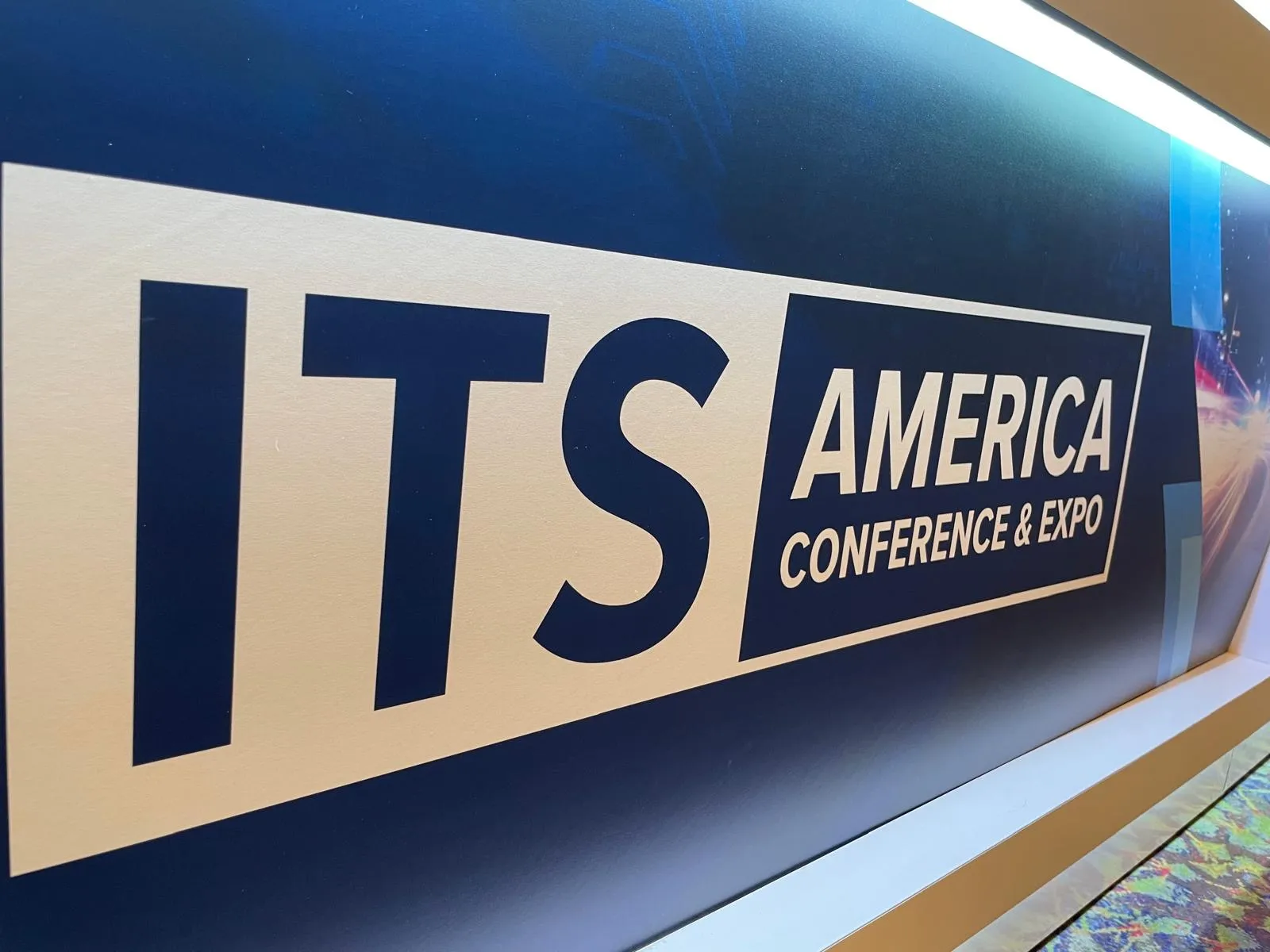
Image Sensing Systems says the wrong-way alerting solution has seen some great results in Minnesota. The system has been deployed for nine months and has produced some impressive results. There’ve been 3.5 million vehicles pass the detector with eight verified wrong-way events captured. During that time, the false event rate was 0.00037%, and there were 300,000 vehicles that passed the detector between false events and 21 days between events.
“The results we have seen in Minnesota show that our solution is meeting our expectations for performance,” said Seth Anderson, product manager for Image Sensing Systems. “Wrong-way drivers are a problem for many states and stopping them before they enter the highway is key to preventing potentially deadly crashes. We believe our approach to the problem will help save lives.”
Image Sensing Systems will be demonstrating its wrong-way solution as part of the live demonstrations out on L Street, outside of the convention centre throughout the event and is also inviting attendees to stop by its booth to learn about this new approach to wrong-way detection and see it in action.










